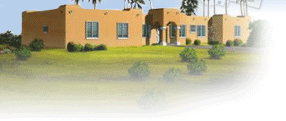
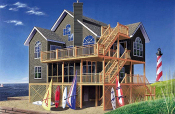
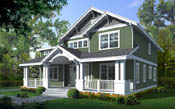
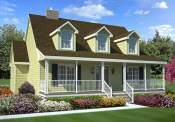
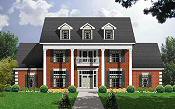
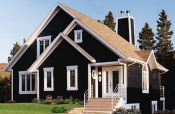
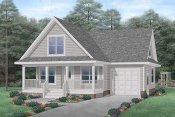
Adobe Style
Beach House
Bungalow Style
Cape Cod Style
Colonial Style
Contempoary Style
Cottage Style
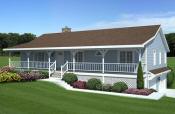
Country Style
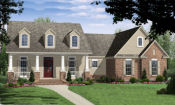
Craftsman Style
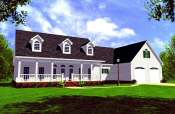
Farmhouse Style

French Country House Style
Italian Style
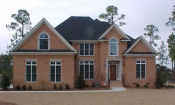
Log Style

Mediterranean Style
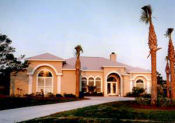
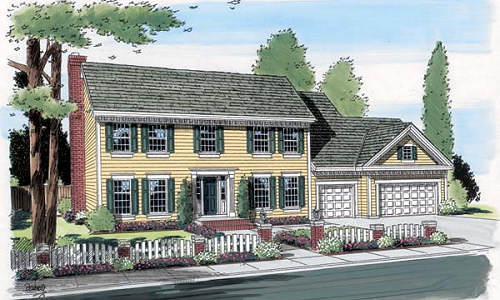
New England Colonial Style

Plantation Style
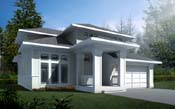
Prairie Style
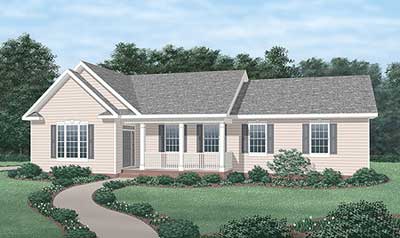
Ranch Style
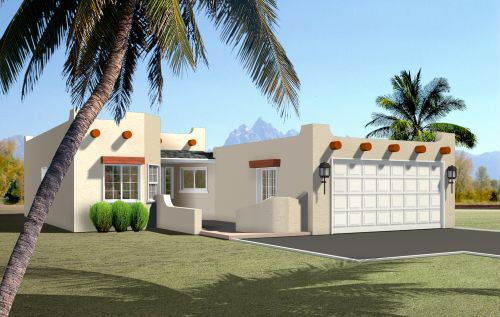
Santa Fe Style
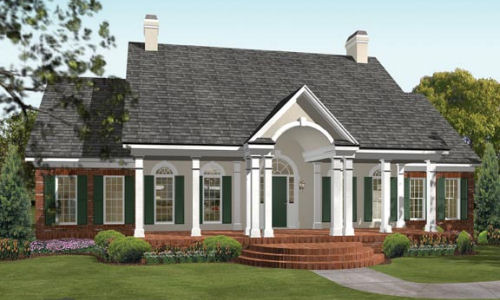
Southern Colonial Style
Spanish Style
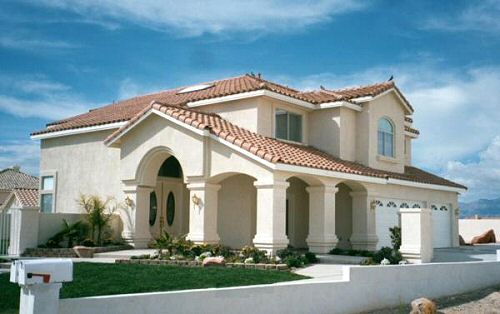
Tudor Style
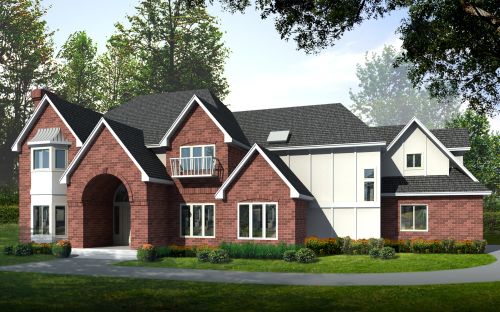
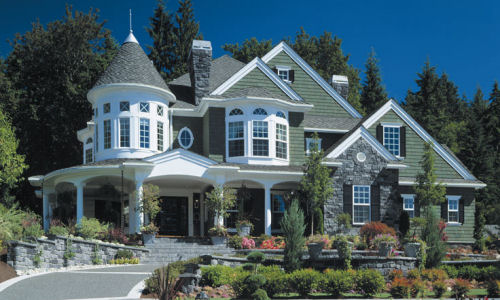
Victorian Style
Split Level

 | ||||||
Adobe is a term often used to describe an architectural style found in the southwestern United States and Spanish speaking countries, but adobe is actually a building material. Adobe consists of tightly compacted earth, clay, and straw which is hand or form-shaped into bricks with the particular construction methods and composition varying according to climate and local custom. Adobe style homes are influenced by early Pueblo homes with flat roofs, adobe walls, and heavy timbers. Adobe style homes may manifest details influenced by the Mission house style with stucco walls, arched doorways, and roof parapets, as well as house designs that reflect the Spanish Revival style of red roof tiles, decorative railings, and tiled courtyards.
 | ||||||
Beach homes are typically designed with the main floor raised off the ground and make for great waterfront properties. Wide wraparound porches or spacious sun decks bring living spaces out-of-doors. The Beach home style is an architectural interpretation of summer and warm weather living. This varied style is adaptable for use as a vacation house near water or to bring the feeling of a waterfront lifestyle where there is none. Other popular beach style homes are Coastal, Waterfront and Cape Cod style designs.
 | ||||||
The Bungalow House is an all American architectural style, but the name has its roots in India. In the province of Bengal, single-family homes were called bangla or bangala. With typical features like low-pitched shingled roofs, exposed beams and wood, stone and/or stucco siding, the informal style of a Bungalow house has become a very popular choice in all regions of the United States. Welcoming front porches and lots of windows invite you into open, yet cozy one to one-and-a-half story floor plans in which the kitchen, dining area, bedrooms, and bathroom are clustered around a central living area.
 | ||||||
Cape Cod house plans are generally one to one-and-a-half story dormered homes featuring steep roofs with side gables and a small overhang. With bedrooms tucked on the second floor, Cape Cod homes are typically covered in clapboard or shingles and are symmetrical in appearance with a central door, multi-paned, double-hung windows, shutters, a formal, center-hall floor plan, hardwood floors and little exterior ornamentation. The Cape Cod house plan, with its roots in medieval England, has its American beginnings in the early 18th century as early settlers built homes along New England’s stormy coast, and experienced its Colonial Revival in the early 20th century. This home design is still popular today for its affordability and efficiency.
 | ||||||
Stripped down, sleek, and elegant Contemporary house plans represented a departure from traditional style when it appeared in the architect-designed homes of the fifties, sixties and early seventies. Common contemporary design characteristics include simple, clean lines with large windows devoid of decorative trim. The exteriors are a mixture of siding, stucco, stone, brick and wood. The roof can be flat or shallow pitched, often with great overhangs. Related to International Style homes, many different forms of contemporary house plans exist but common features are a lack of ornamentation, open floor plans, and asymmetrical shapes. Some contemporary home designs showcase natural materials and feature tall oversized windows that emphasize a connection with nature. Art Moderne house styles with their flat roofs and curved geometric shapes influence some contemporary home plans. This assortment of floor plans features contemporary home design aesthetics with an array of influences.
 | ||||||
Colonial house plans reflect the uncomplicated and refined taste of early settlers in America’s 13 original colonies. Simple, classic detailing characterizes these home plans. Steeped in tradition, the Colonial home plan's welcoming center hall design with living room on one side, dining room on the other, and kitchen and private rooms in the back is a practical, family-friendly design that makes entertaining a special pleasure. Symmetrical exterior styling, multipane windows, and central front doors are often paired with home design features such as dentil molding, fanlights, Palladian windows, shutters, and pilasters. Regional interpretations of Colonial house plans range from New England Salt Boxes to the Dutch Colonials of New Jersey and New York. The term Colonial house encompasses a wide range of styles that draw influences from Dutch, English, and French architecture.
 | ||||||
Popularized by pattern books in the mid 19th century, Cottage house plans are filled with individuality, their asymmetrical plans inspired by architects Davis and Downing are based on the belief that “a beautiful house fully reflects a fine character.” A cottage house is typically a smaller design that may evoke thoughts of picturesque storybook charm. Cottage house plans are flexible and fanciful, featuring vertical board and batten walls, charming balconies and expansive bay windows revealing their Gothic heritage.
 | ||||||
A country house invites you with a front porch or a wrap-around porch and is topped with a gabled roof. Although most closely associated with informal living, Country homes can also be elegant. Regional variations of country homes built in the late 1800s to early 1900s took on Victorian or Colonial characteristics by incorporating front porches decorated with Victorian house style spindle work and brackets or Colonial house style shutters and dormers. This collection of Country house plans draws inspiration from the nostalgia of the country home style, yet with architectural floor plans appropriate for the lifestyles of today.
 | ||||||
 | ||||||
Farm house styles bring to mind an old-fashioned sense of home and family gathered in the open kitchen and living room. Wood-frame construction and finishes provide a homey feel to the plans, allowing the house fit into settings nationwide. Farm house plans are usually square or symmetrically shaped, sometimes with side wings. Deep and wide wrap-around front porches may include spindlework and brackets
.
 | ||||||
Particularly impressive on large properties, French Country style home plans also fit well into upscale suburban enclaves where their fine pedigree and handsome lines make them an outstanding choice for those who seek a residence with style and elegance. French Country home style range from modest farmhouse designs to estate-like chateaus which all exude a rustic warmth through a variety of Old World influences including arches, soft lines, stonework, wood beams, plaster walls and stone floors. French house plans may bring together such eclectic elements as Georgian-style quoins, Palladian windows, Normandy-style turrets, and Provincial-style dormers. Brick, stone, or stucco often grace the exteriors to give the house styles a touch of sophistication flavored with stylistically French and European elements.
 | ||||||
The Italian style, or Italian villa style, is a cross between the European style and the Spanish style of home design.
 | ||||||
Log homes may be of any style and are made with wood logs as the primary building material. These houses are built for comfort and relaxation and make ideal vacation homes.
 | ||||||
Mediterranean houses are generally stucco or brick, often painted white or in light pastels to contrast the brightly tiled, low-pitched roof.
 | ||||||
The New England Colonial style simplified the picturesque Queen Anne and so appeared after the Queen Anne fell out of fashion. The New England Colonial was one of many revival styles which became popular by the early 20th century.
 | ||||||
The Plantation style of home is similar to the Southern style of home design.
 | ||||||
Prairie style homes are simple in their square design, with boxy shapes at varying heights and depths giving the style a unique look.
 | ||||||
Ranch house plans tend to be simple in design. Aside from shutters and porch roof supports, ranch homes lack much decorative detailing on the exterior. Windows are large, and sliding doors open to a patio or deck.
 | ||||||
The Santa Fe style is synonymous with the Adobe style and southwestern style of home design.
 | ||||||
 | ||||||
The Southern Colonial style features a hip roof, small window panes, and such features as pedimented doorways and transom lighting.
Spanish houses are generally stucco or brick, often painted white or in light pastels to contrast the brightly tiled, low-pitched roof. They often feature a side or front wall to form an arcaded entrance or porch.
 | ||||||
An alternative to (but relative of) ranch homes, the split level house plan features three levels of living space on a floor plan that makes economical use of the space on the building lot. The front door leads to platform between the two levels, with stairs leading up and down to the other levels. The mid-level area of the house plan often contains the living and dining area, the upper level holds the bedrooms, and the lower level typically features a finished family room and garage.
 | ||||||
Tudor style homes are complex with steep roof lines with various gables of alternating heights, dormers, exposed framing members and large sculpted brick chimneys.
 | ||||||
Victorian homes are typically two stories with steep varying roof pitches, octagonal turrets and dormers. Victorian homes typically feature gingerbread detailing as a key element.
Home Styles
When we speak of Craftsman houses, we often think of bungalows. But in the early 1900s, many types of homes were inspired by the Arts and Crafts movement. This photo gallery shows a variety of houses with Craftsman handiwork.